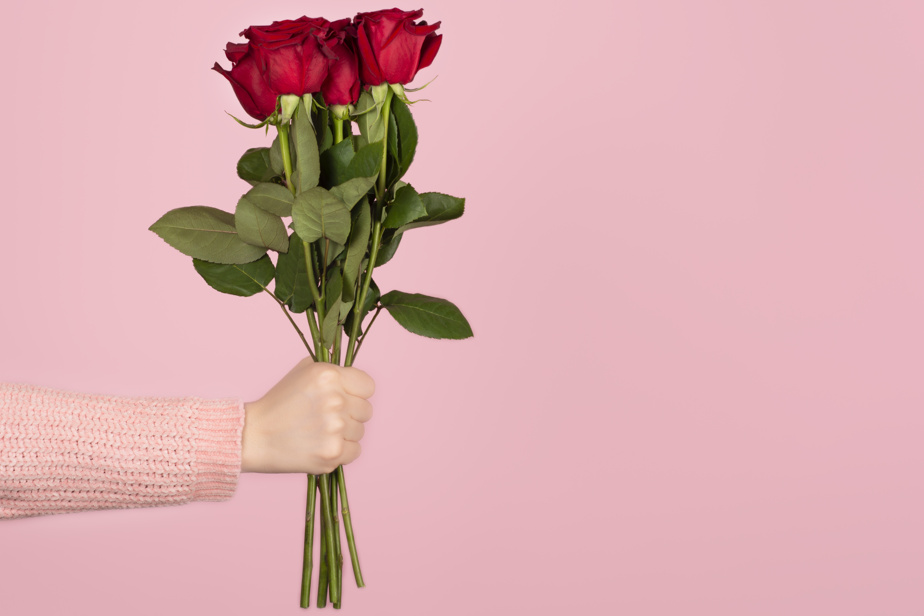(Toronto) Roses are red, violets are blue, but florists probably have it better: When it comes to spending smart this Valentine’s Day, roses may not be the best choice.
While roses tend to be the flower of choice on February 14, experts say other flowers are more affordable, just as beautiful, and often don’t wilt as quickly.
“I always urge people […] to consider having other flowers that maybe last a little longer, that haven’t been grown as intensively, says Becky De Oliveira, owner and creative director of Toronto floral company Blush and Bloom. You’ll have a little more flexibility and longevity in varieties that might survive longer than a rose, but also, perhaps, are slightly better in terms of price per stem. »
The advice of Mme De Oliveira arrives as the commercialization of Valentine’s Day is in full swing and Canadians are selecting the gifts they will exchange to mark this annual celebration.
But as they consider how to show their love, the country is also grappling with inflation above the Bank of Canada’s 2% target that has driven up prices for basic necessities like groceries and luxury goods, including flowers.
Some flowers, especially the ever-popular Valentine’s Day rose, can be especially expensive in February because most are grown outside of Canada and must be shipped and stored in freezing temperatures to last.
“Most of the time people think it’s the florists who are just trying to make more money, but […] farmers are working around the clock in other countries trying to meet the demands of a day or a week,” Mr.me From Oliveira.
To meet individual needs, farms sometimes pick flowers a little earlier than they usually would and even send out those they wouldn’t deliver at other times of the year, says Catherine Metrycki, founder of Callia, a floral company based in Winnipeg.
“In reality, the value of red roses is not there. That’s simply not the case, she says. You’ll pay way too much and you’ll get a much smaller rose stem than any other time. »
Instead of roses, Mme De Oliveira recommends tulips, ranunculus, hyacinths, freesias and carnations, which are still stunning and often less expensive.
“Carnations now have very beautiful colors and are no longer necessarily stigmatized as they used to be,” she says, referring to their association with funerals. New generations consider them a chic grandmother flower that is making a comeback and is very affordable. »
If you still have your heart set on roses, Mme Metrycki recommends buyers be open to all kinds of colors.
“You could save up to 30 or even 40 percent on a single rose stem if you diversify your color selection,” she points out.
The length of roses also offers a way to save money, says Don Waltho, founder of the Canadian Floral Design Institute in Toronto.
On the more elaborate side, he’s seen roses up to six feet long, but a shorter stem is more affordable.
People may also consider roses in a cluster, or they may add a few roses to an arrangement with other, more affordable flowers.
No matter what you buy, Mme De Oliveira recommends buying early, not because of the price, but because of the selection.
At the last minute, you may have to turn to expensive arrangements that no one chose or more specialized offerings like potted plants.
“Basically, you have to choose between what’s there and what’s not taken,” she says.
Every time you buy, you should expect to pay extra for delivery, emphasizes Mme Metrycki, who recommends people get reviews of the company they’re buying from to see if it has a reputation for delivering flowers on time and in good condition.
And if you’re feeling stressed about costs or the dizzying array of options, she reminds people, “your relationship will not live or die by your Valentine’s Day flowers.”
“It’s the thought that counts and it’s the feeling,” she says. A handwritten card and a coupon for a back massage probably go as far as a super fancy bouquet. »
